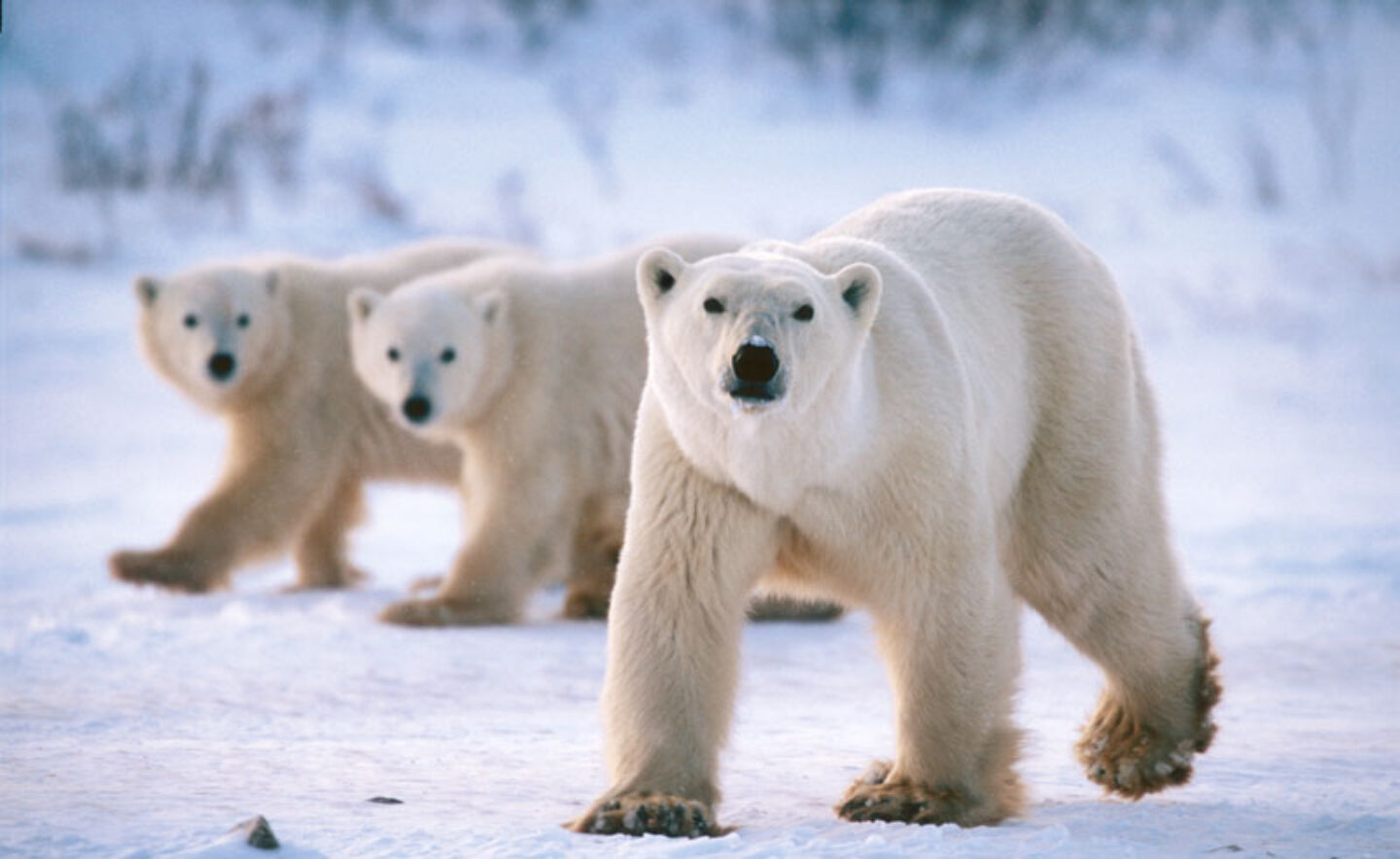
The King of the Arctic, the mighty polar bear is only found in the northernmost regions of the world, including Svalbard, Greenland, Russia, Canada and Alaska. According to World Wildlife Fund, there are up to 31,000 wild polar bears left wandering these Arctic parts. Here are 10 interesting facts about these majestic creatures:
1) Polar bears are not actually white
Their fur is not white, but rather transparent with a hollow core to reflect light, making it appear white. Beneath this, their skin is black to absorb the sun’s heat.
2) Polar bears have an incredible sense of smell
When prowling the shore for its next meal, a polar bears strong sense of smell means it can catch a whiff its main prey, seals, from up to half a mile away. They can also smell a seal through 3 feet of packed snow.
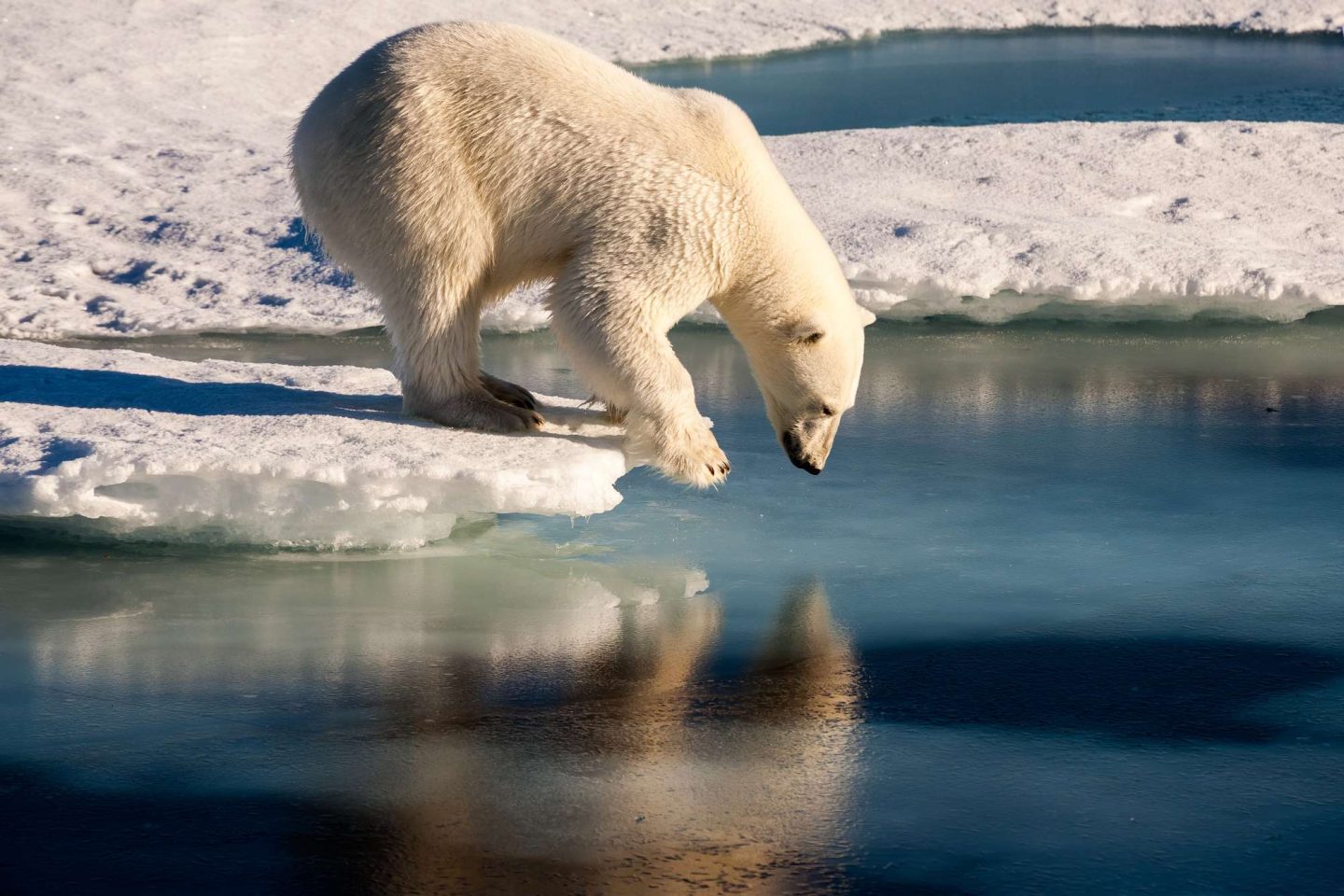
3) Polar bears are superb swimmers
They are able to stay in the water for long periods of time and have been spotted in waters over 100km from the shoreline. Using their slightly webbed wide paws as paddles, polar bears are able to sustain a comfortable pace of 10km per hour.
4) Polar bears are generally solitary creatures
On the whole they tend to keep to themselves, but polar bears have been known to hang out in groups, which are called sleuths. They have an excellent memory and can remember other bears they haven’t seen for years.
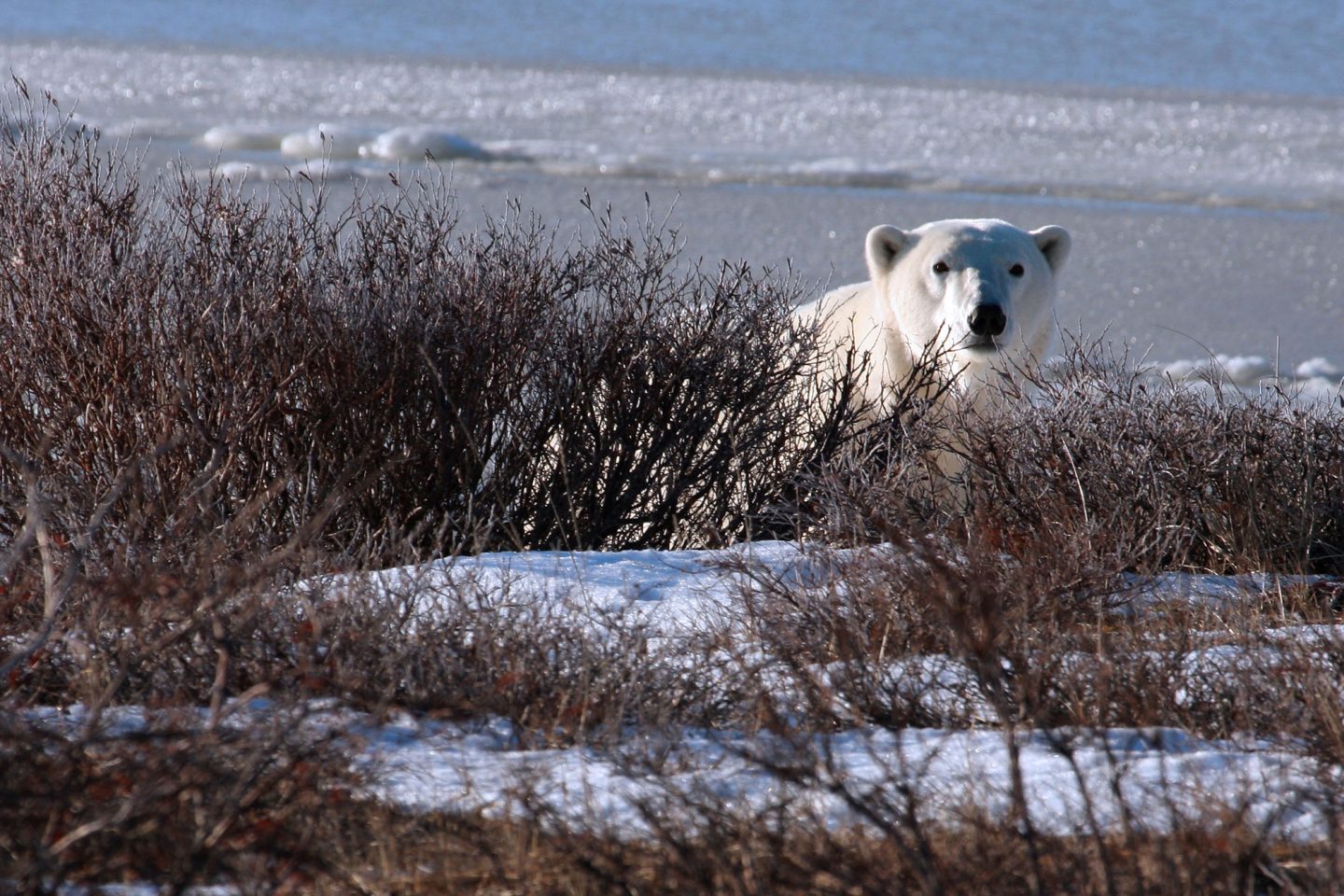
5) Polar bears have no natural predators in the wild
Top of the Arctic food chain, adult polar bears have no natural predators, though walruses and wolves can kill them.
6) The average lifespan of a wild polar bear is 15 – 18 years
In the wild, polar bears can live up to 25 – 30 years, however several polar bears are known to have lived to more than 40 years old in captivity.
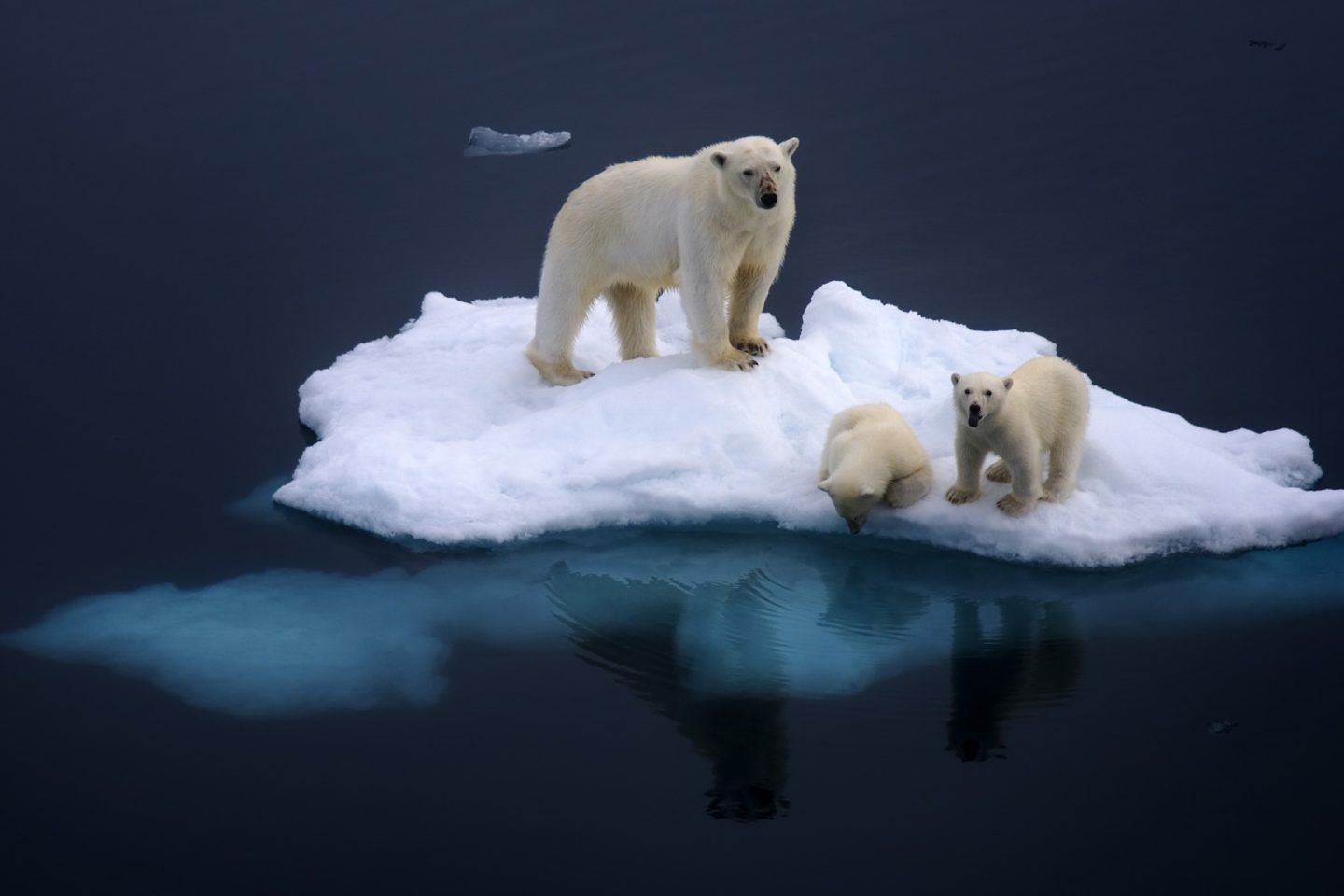
7) Polar bears are considered marine mammals
The only type of bear to be considered a marine mammal, although polar bears are born on land, they spend the majority of their life in the ocean searching for food.
8) Polar bears are the world’s largest land carnivore
They are rivalled only by Alaska’s Kodiak brown bear.
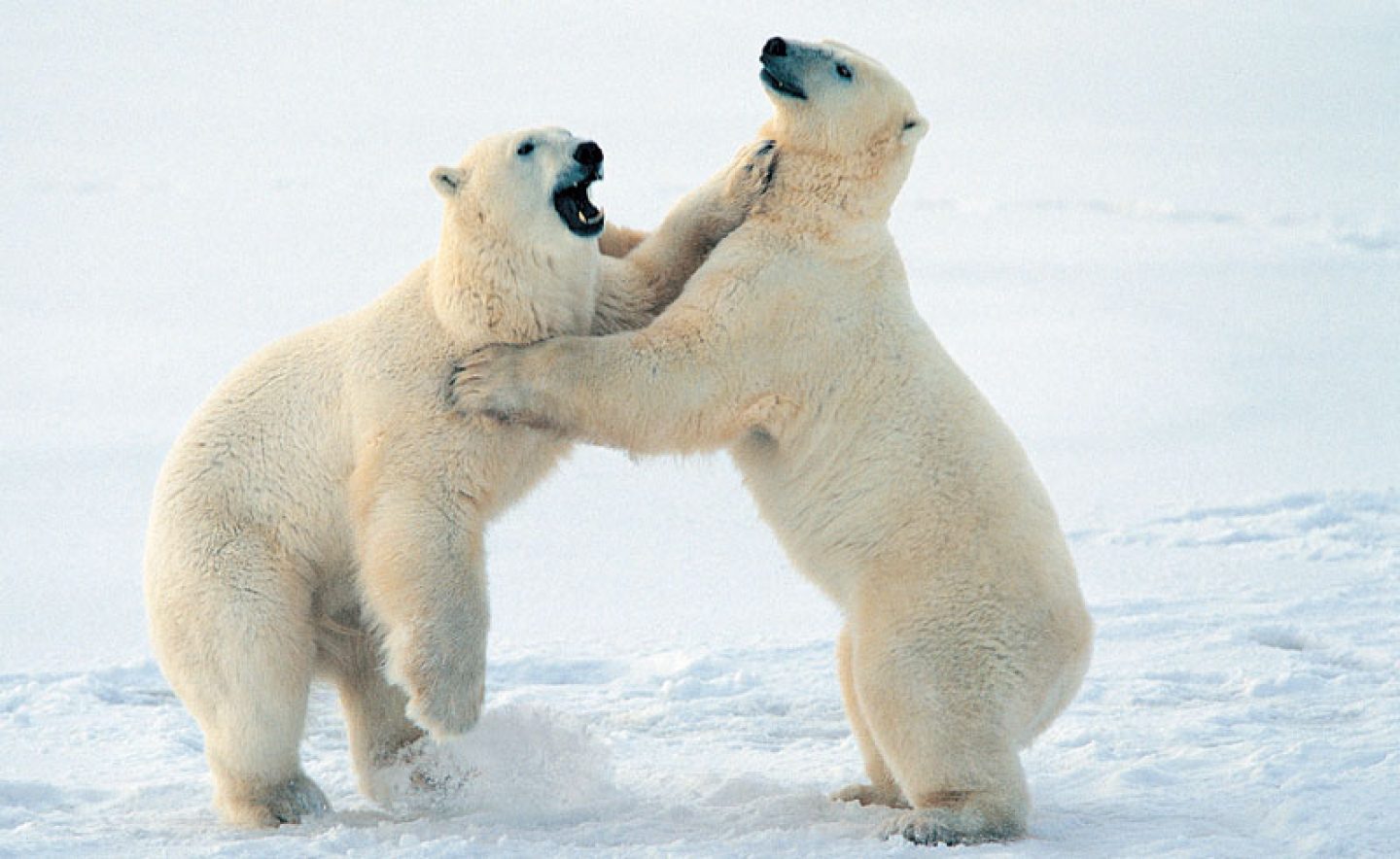
9) Polar and Grizzly bear hybrids do exist
They are known as Grolar or Pizzly bears!
10) Polar bears are classified as vulnerable
Their biggest threat is sadly habitat loss due to climate change.
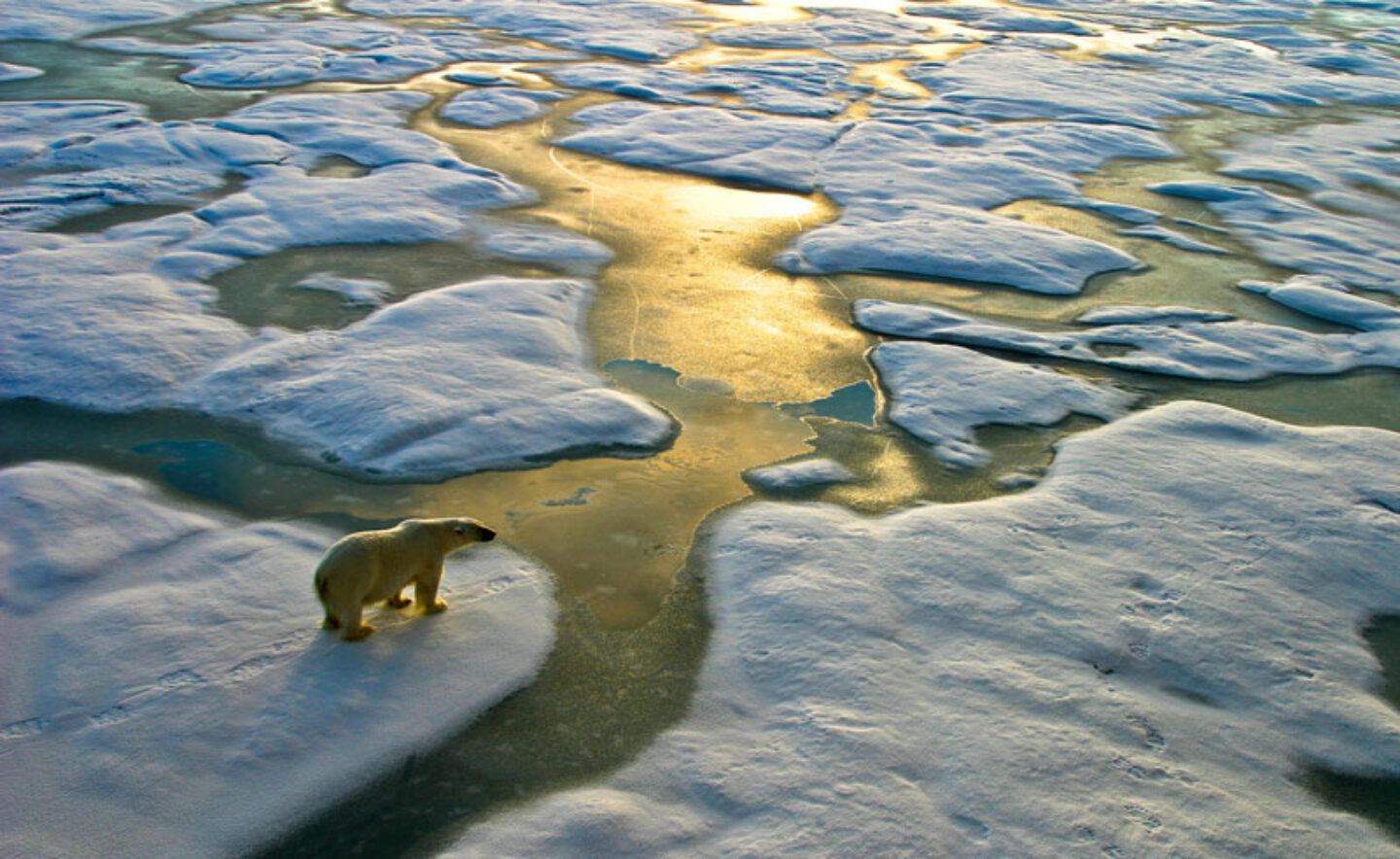
Feeling Inspired?
Read where you can spot Polar Bears in Canada.
To plan your own bird watching adventure, contact our team of Travel Specialists on 01737 214 250 or send an enquiry to discuss options that suit you.

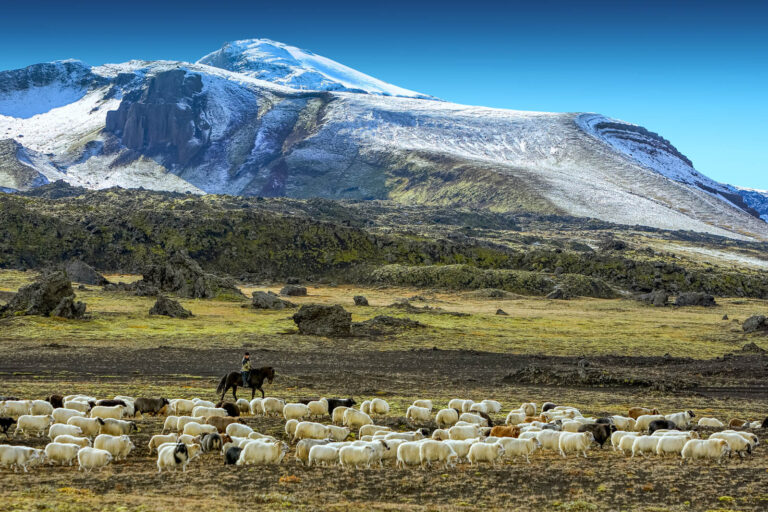
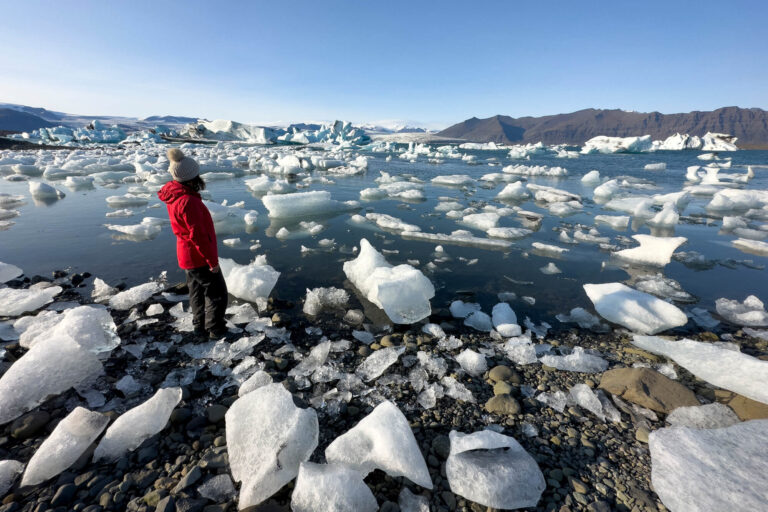



 Instagram
Instagram
 Facebook
Facebook
 YouTube
YouTube